Tag: acidosis
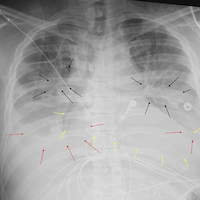
Hemodialysis as an Effective Treatment for Combined Amlodipine and Metformin Overdose
Introducing emergency dialysis will lead to significant outcomes in mortality and morbidity in patients with combined toxicity of amlodipine and metformin. Moreover, non-ST elevation myocardial infarction is also expected... read more

Effective Treatment for Combined Amlodipine and Metformin Overdose
The combined toxicity of amlodipine and metformin is a rarely reported phenomenon in the literature. The management varies depending on the clinical status of the patient. We present a case that was managed successfully... read more

Acid-Base Disorders in the Critically III Patient
Acid-base disorders are common in the intensive care unit. By utilizing a systematic approach to their diagnosis, it is easy to identify both simple and mixed disturbances. These disorders are divided into four major categories:... read more

Use of ECMO in Acutely Poisoned Pediatric Patients in US
Extracorporeal Membrane Oxygenation (ECMO) may improve the hemodynamic and metabolic status of poisoned pediatric patients. Persistent hypotension, acidemia/acidosis, and elevated Pao2 after 24 hours of ECMO were associated... read more

Balanced Fluid Resuscitation for the Critically-Ill: the PLUS study mirrors the BaSICS
Intravenous fluid therapy is one of the most commonly-performed interventions in all of critical care medicine. Numerous trials over the last 20 years have attempted to identify the ideal fluid for those in the intensive... read more

Endothelial Glycocalyx Degradation Contributes to Metabolic Acidosis in Children After Cardiopulmonary Bypass Surgery
Our data show that metabolic acidosis (increased strong ion gap) is associated with plasma concentration of heparan sulfate, a negatively charged glycosaminoglycan cleaved from the endothelial glycocalyx during cardiopulmonary... read more
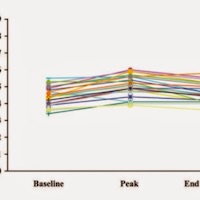
Lactated Ringers is Safe in Hyperkalemia, and is Superior to NS
The myth that LR should be avoided in hyperkalemia is not only incorrect, it is probably backwards. For a hyperkalemic patient in renal failure, Lactated Ringers (LR) should be preferred over normal saline (NS). LR has been... read more
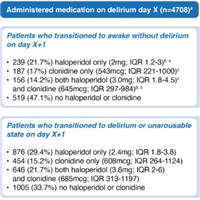
Haloperidol, Clonidine and Resolution of Delirium in Critically Ill Patients
Haloperidol and clonidine use in delirious ICU patients may be associated with reduced probability of delirium resolution. This finding, however, merits further investigation given inherent limitations of this observational... read more
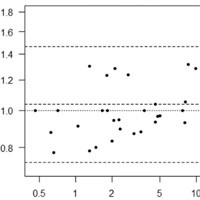
Validation of a Point-of-Care Capillary Lactate Measuring Device
Lactate Pro 2 had good agreement with the reference method using arterial blood but poorer agreement using venous blood. Our results show the potential for overestimation of the lactate values in haemodynamically compromised... read more
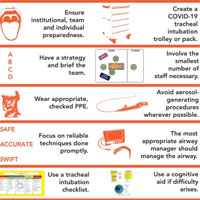
Preventing Major Airway Complications
Every anaesthetist fears the moment they might become faced with a "can't intubate, can't oxygenate" (CICO) scenario, but thankfully such events are exceedingly rare. They nevertheless receive much attention in the academic... read more

Predicting NIV Failure in Hypoxemic Patients
Non-invasive ventilation (NIV) is applied worldwide to patients with hypoxemic respiratory failure. It is often applied as an attempt to avoid invasive mechanical ventilation. However, the application of NIV is often... read more
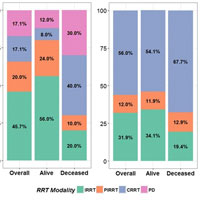
Serum Lactate Level and Mortality in Metformin-associated Lactic Acidosis Requiring RRT
This study suggests that predialysis level of serum lactate level is an important marker of mortality in MALA patients requiring renal replacement therapy (RRT) with a linear dose-response relationship. To better evaluate... read more

Intermittent Hemodialysis for Managing Metabolic Acidosis During Resuscitation of Septic Shock
Favorable changes in physiologic and biochemical variables and norepinephrine dependency were observed after IHD in patients with septic shock complicated by metabolic acidosis during resuscitation. Further studies are needed... read more

Failure of Non-invasive Ventilation in Patients with Acute Lung Injury
A high failure rate of the initial non-invasive positive pressure ventilation (NIPPV) therapy has been observed in medical critically ill patients with acute lung injury (ALI). Unless the underlying shock, metabolic acidosis... read more




